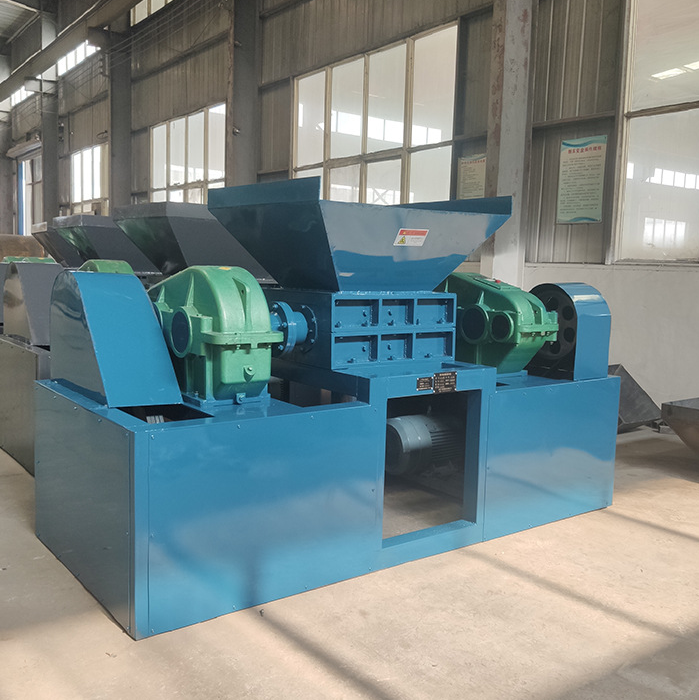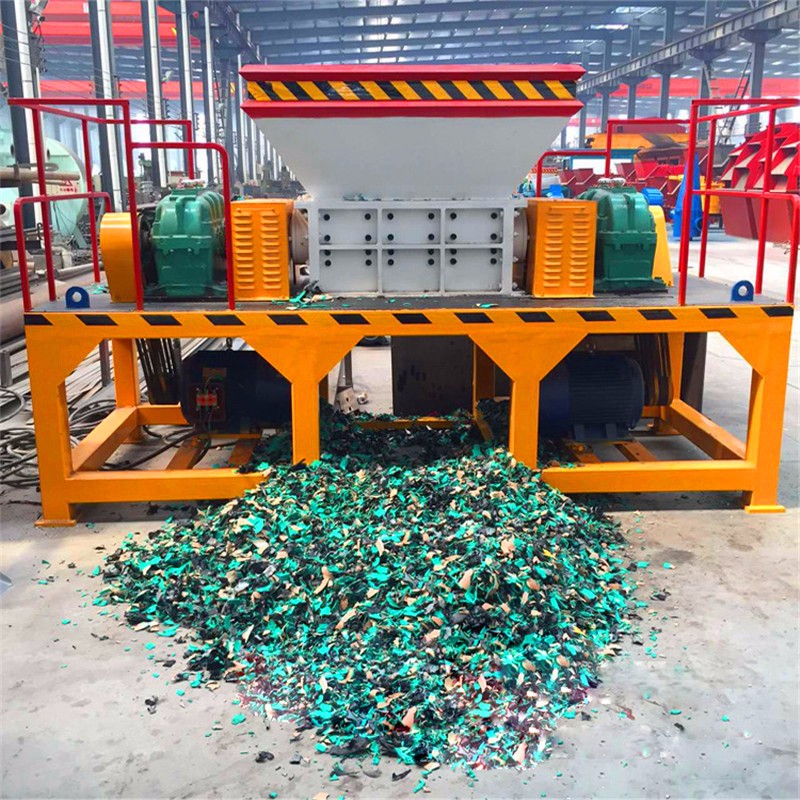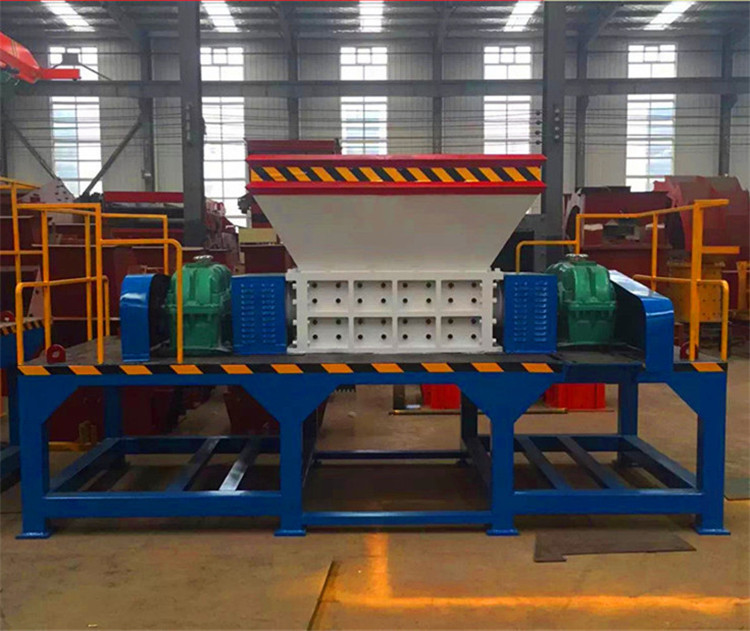
Medical waste shredder
-
Production Capacity:
500-100000kg
-
Applicable Industries:
Hospitals, Clinics, Research Facilities
-
Power:
60kw
-
Core Components:
motor, reducer, shaft, blades
-
Place of Origin:
Henan, China
- Product Details
- Characteristics
- Working Principle and Application
- Parameters
A medical waste shredder is a specialized piece of equipment designed to safely and effectively reduce the volume of medical waste, making it easier to dispose of or recycle. Medical waste includes a variety of potentially infectious materials, such as sharps, contaminated dressings, and other hazardous waste generated by healthcare facilities. Here’s an introduction to medical waste shredders:
Key Components and Features:
Heavy-Duty Design: Constructed with robust materials to handle various types of medical waste, including sharp objects.
Secure Shredding: Equipped with high-performance blades or cutting tools that can shred waste into small, unrecognizable pieces.
Safety Features: Includes safety interlocks, emergency stop buttons, and other protective measures to ensure operator safety.
Adjustable Output Size: Screens or grates are used to control the size of the shredded output, ensuring compliance with regulatory standards.
Easy Maintenance: Designed for easy access to internal components for regular cleaning and maintenance.
Customizable Configurations: Can be customized with various options such as different blade designs, motor sizes, and additional features to suit specific application requirements.
Automated Operation: Often includes automated feeding mechanisms to streamline the shredding process and minimize manual handling.

-
01Efficient Processing: Quickly processes large volumes of medical waste into smaller, more manageable pieces.
-
02Reduced Transportation Costs: Smaller, denser pieces take up less space, reducing transportation costs.
-
03Environmental Benefits: Helps manage medical waste sustainably and reduces the environmental impact of waste disposal.
-
04Compliance: Ensures compliance with regulatory standards for the handling and disposal of medical waste.
Working Principle:
Feeding Mechanism: Medical waste is fed into the shredder through a hopper or chute. The feeding mechanism ensures that the waste is introduced into the shredding chamber in a controlled manner.
Shredding Chamber: Inside the shredding chamber, one or more rotating shafts with cutting blades or teeth shred the waste. For medical waste shredders, a double-shaft design is often used, where two shafts rotate in opposite directions, interlocking to shear and tear the waste.
Cutting Tools: The cutting tools (blades or teeth) are made of hardened steel or other durable materials to withstand the rigors of shredding various types of medical waste, including sharps and other hard materials.
Screen or Grate: A screen or grate is placed at the bottom of the shredding chamber. The shredded waste must pass through the openings in the screen or grate to exit the shredder. The size of the openings determines the size of the shredded output.
Discharge Mechanism: Once the waste is reduced to the desired size, it falls through the screen or grate and is collected in a container or discharged onto a conveyor belt for further processing or disposal.
Considerations:
- Waste Type: Different types of medical waste may require specific configurations or materials of construction for the shredder.
- Output Size: The desired size of the shredded material will determine the type of screen or grate used.
- Throughput Capacity: The amount of material you need to process will influence the size and capacity of the shredder.
- Safety Requirements: Ensure the shredder meets all relevant safety standards and regulations.
- Maintenance Requirements: Regular maintenance, such as cleaning and blade replacement, is necessary to keep the shredder operating at optimal performance.
| Model | 600 | 800 | 1000 | 1200 | 1400 | 1600 | 1800 |
| Motor(kw) | 11*2 | 18.5*2 | 35*2 | 45*2 | 55*2 | 75*2 | 110*2 |
Reducer | P6-P7 | P7-P8 | P8-P10 | P10-P12 | P11-P13 | P12-P16 | P14-P16 |
| Siemens or other motors, planetary reducers or other reducers can be customized according to customer requirements | |||||||
| Rotation Speed | 8-20rmp | 8-20rmp | 8-15rmp | 8-15rmp | 8-15rmp | 8-12rmp | 8-12rmp |
| Blades Diameter | 220-320 | 260-320 | 260-400 | 400-500 | 400-500 | 500 | 500 |
| Blades material | The material of the blades (55sicr, 5crsi, 9crsi, skd11, m6v, h13) can be customizedaccording to the customer's actual usage | ||||||
| Feeding Size | 1200*900mm | 1400*1000mm | 1600*1200mm | 1800*1300mm | 2000*1300mm | 2200*1700mm | 2400*2000mm |
| The size and appearance of the feeding hopper can be customized according to thecustomer's feeding situation | |||||||
| Weight(kg) | 1800 | 2500 | 3700 | 5500 | 7500 | 9500 | 13000 |
-
 Medical waste shredderWorking Principle:Feeding Mechanism: Medical waste is fed into the shredder through a hopper or chute. The feeding mechanism ensures that the waste is introduce...Get Quote
Medical waste shredderWorking Principle:Feeding Mechanism: Medical waste is fed into the shredder through a hopper or chute. The feeding mechanism ensures that the waste is introduce...Get Quote -
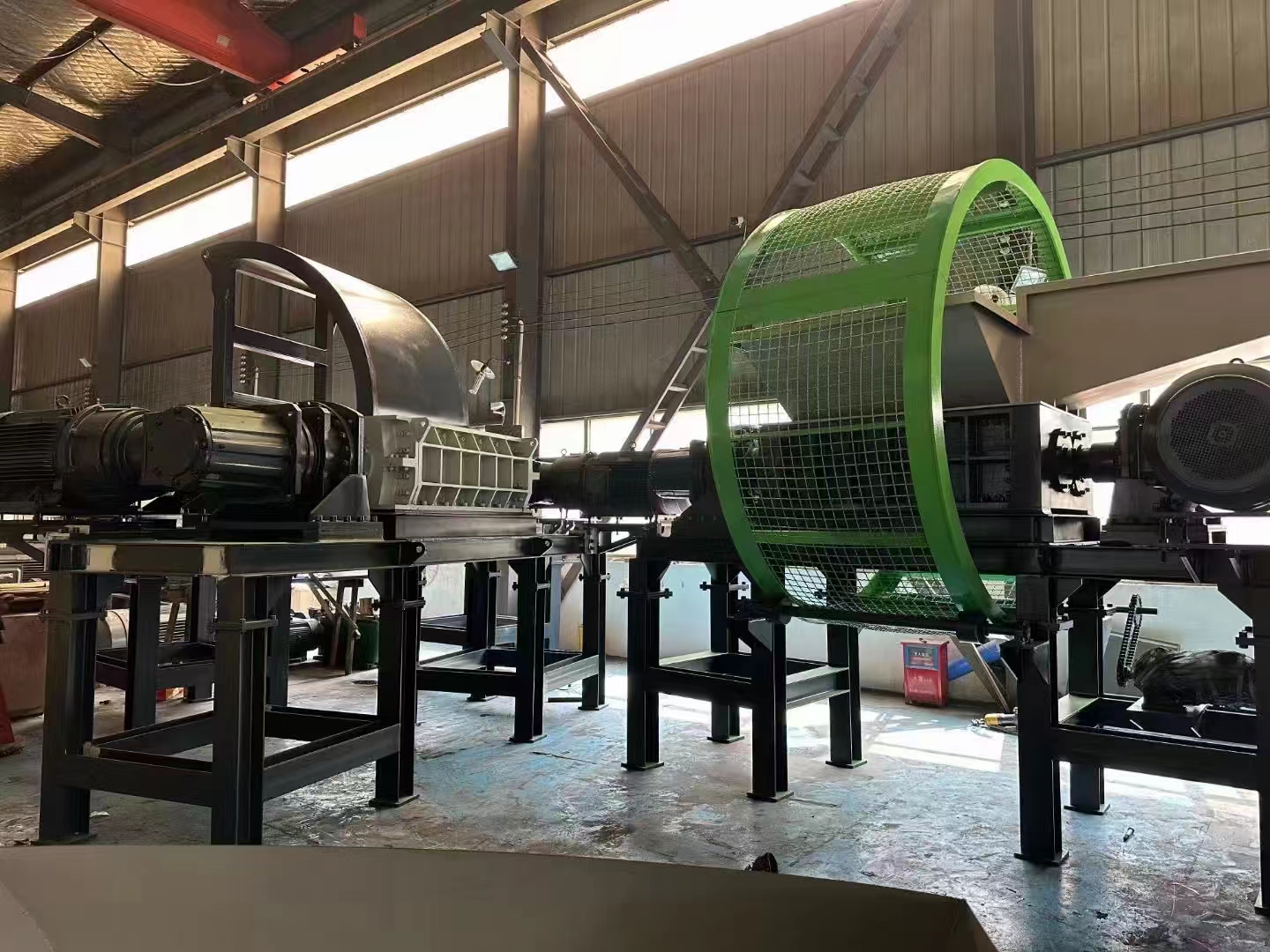 A rubber double shaft shredderExamples of Specific Models:GDB Series Biomass Shredder: Although primarily designed for biomass materials, this model can also be configured to handle various ...Get Quote
A rubber double shaft shredderExamples of Specific Models:GDB Series Biomass Shredder: Although primarily designed for biomass materials, this model can also be configured to handle various ...Get Quote -
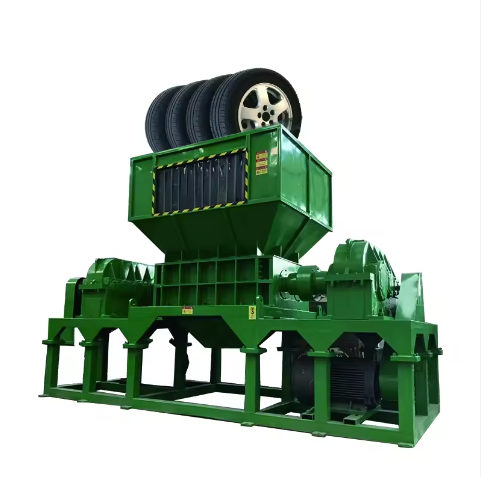 Tire double shaft shredderOperation:Feeding: Whole or pre-cut tires are fed into the shredder through an inlet hopper.Shredding: As the tires enter the shredding chamber, the rotating cu...Get Quote
Tire double shaft shredderOperation:Feeding: Whole or pre-cut tires are fed into the shredder through an inlet hopper.Shredding: As the tires enter the shredding chamber, the rotating cu...Get Quote -
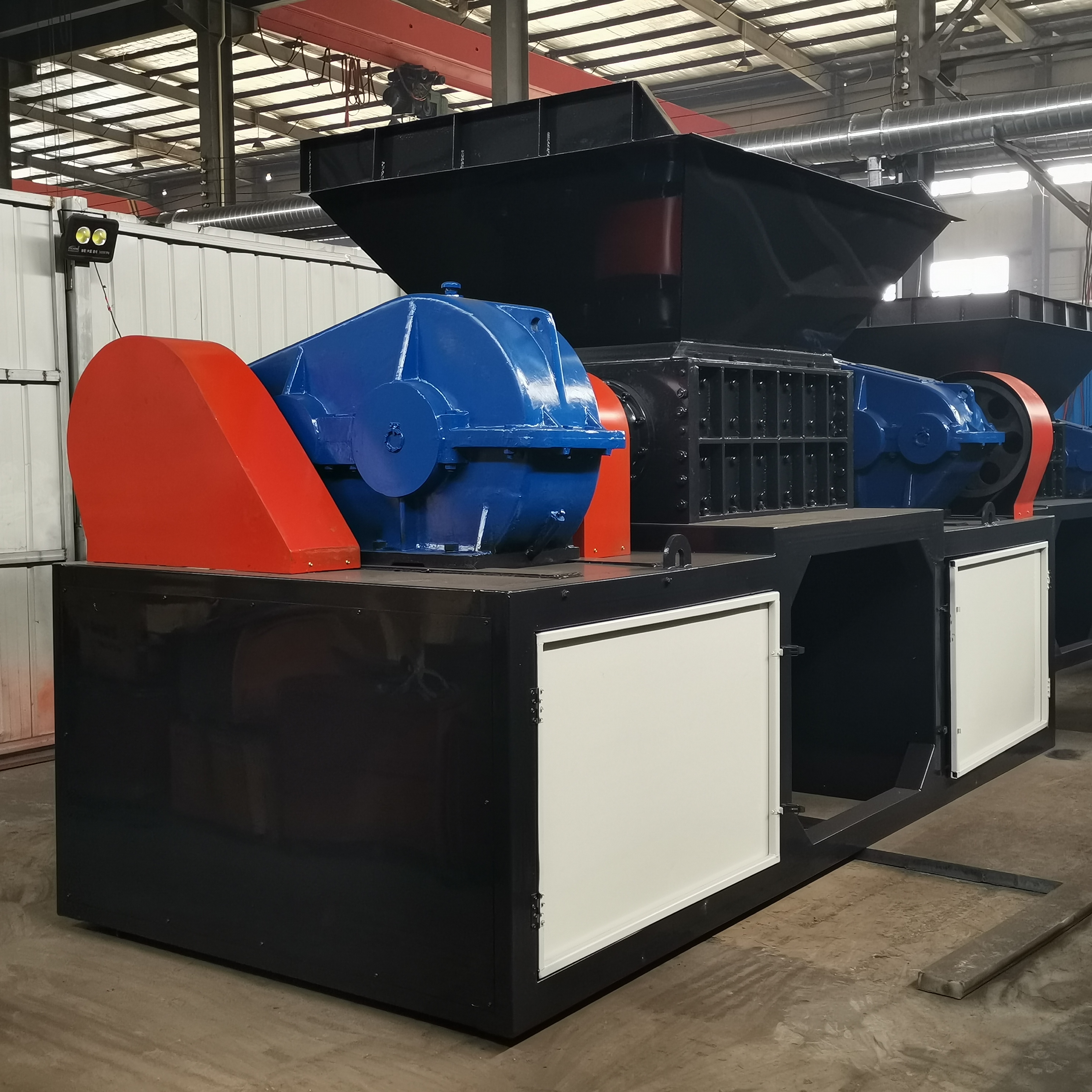 Wood Pallet ShredderConsiderations When Choosing a Wood Pallet Shredder:Material Type: Different wood types may require specific configurations or materials of construction.Output ...Get Quote
Wood Pallet ShredderConsiderations When Choosing a Wood Pallet Shredder:Material Type: Different wood types may require specific configurations or materials of construction.Output ...Get Quote


